Search the inner soul of the object
Tu support my hypothesis concerning the relationship between Picasso's art and Bergson's philosophy, I have chosen two works that provide the narrative thread for my interpretation. While the first anticipates the issues, in the second Picasso explicitely quotes one of the key images of Henri Bergson's philosophy–that of the inverted cone–which Picasso uses as a basis for his artistic intuitions. Time and memory are present in these pieces, at the level of iconography and at that of perception, as the pieces call for a dynamic reading, both in the case of sculpture and in that of painting, whose large horizontal expanse does not allow the viewer to seize the whole at first glance. It is at the level of action, of matter, of the present, that the body acts according to the accumulated recollections that constitute its memory, its experience.
In the process of creating the freestanding sculpture Apple (1909-1910), as in its presentation, the artist's eye as well as the observer's internalize it and devour it, subjecting it to a visual peeling that enables us to penetrate its interior. We stop when the figure of the apple appears. Given its inability to be integrated within a perspective space where light would shine on it without affecting it, this sculpture actually brings about its own space and time. The object, round par excellence, turns upon itself, while the viewer's gaze is drawn to follow the rotation of its ellipsoidal planes, superimposed in a spiral.
These planes offer a representation like that of the steps in a staircase, on which we set our eyes before starting up or heading down. They act as ostensive, inferential arrows, inviting the viewer to pursue an active reading of the object. The decoding is primarily directed towards actions that we have to perform in order to capture the viewed object. Both the speaker and the receiver are thus implicated in the apparatus or device for creating the piece. Go down! is the action we perform following the orders of Soffici, who opposes it to Marinetti's imperative salire (go up).
Following these indications, the viewer's biting eyes discover the inner soul of the object. This work has to literally be “eaten by the eye”; it tears flashes of light out into a space which in turns bites it. The sensitive perception is seen in its entirety, closer than ever to the object that is about to penetrate its organizational intimacy. Following Max Jacob, who advised young artists to place their voice in their belly, like singers, Picasso leads his readers to set their gaze in their belly. The quality of a piece does not lie in the strength with which the suggested feeling takes possession of the reader, but rather in the wealth of that feeling, in its multiplicity: in other terms, beyond its degree of intensity, we can make out its degree of depth or elevation. The eye and the apple, subject and object, are interchanged in the action of biting and seeing. As an expression of freedom, for Picasso the artistic act is a reposession of what Bergson calls the fundamental self. It is regaining posession of oneself. It is placing oneself back in pure duration.
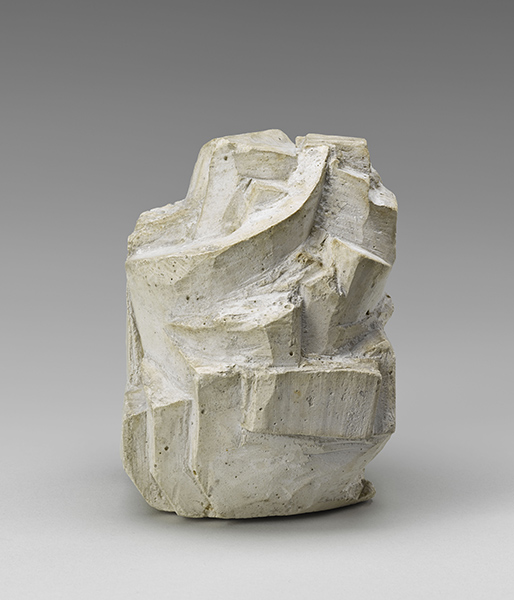
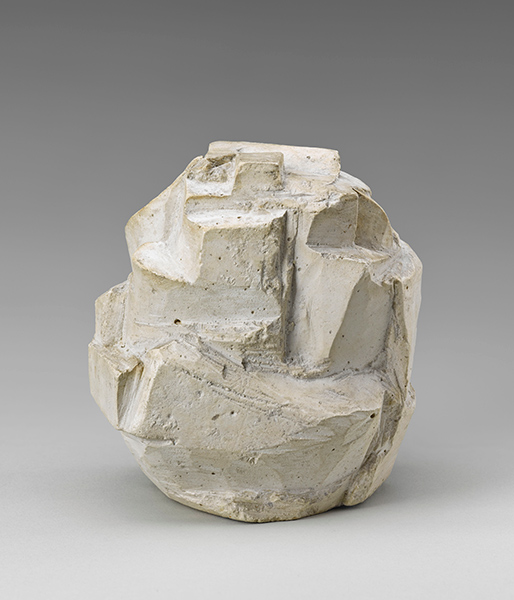
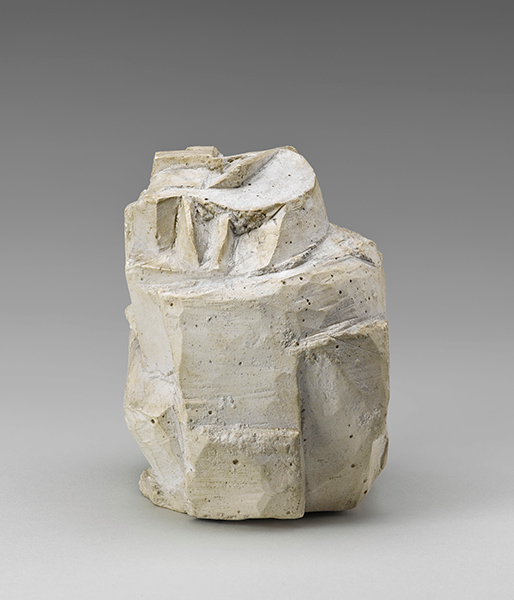
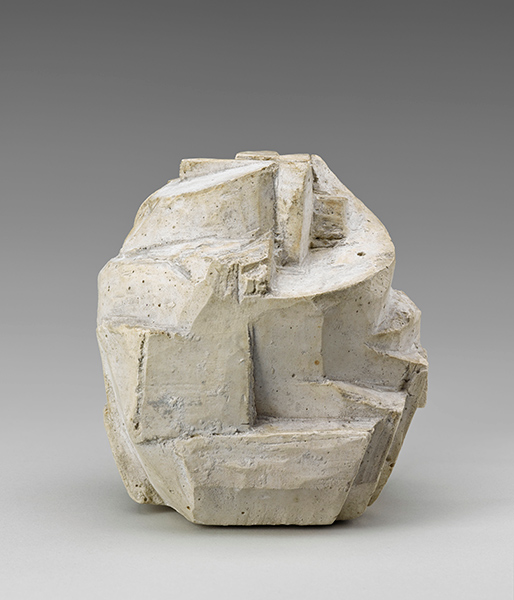
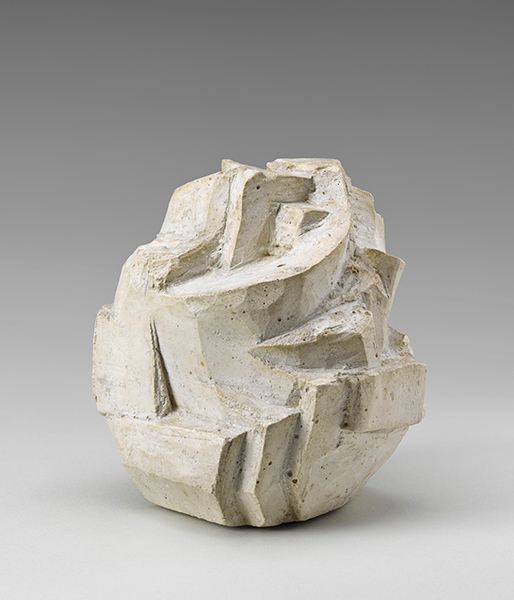




 Summary
Summary